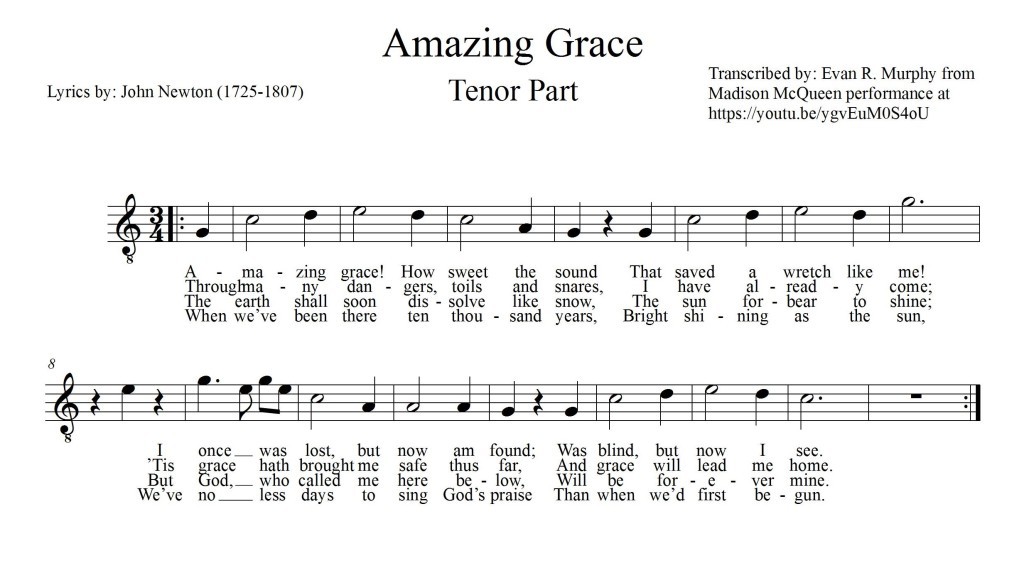Sight-reading music can seem daunting, especially for singers new to sheet music. This guide provides a simplified approach to learning how to sight-read, focusing on practical techniques for choir singers. You’ll learn how to decipher sheet music, understand basic musical notation, and gain the confidence to participate in your first choir rehearsal.
Deciphering the Score: Focusing on Your Part
Choir music often presents all vocal parts simultaneously – soprano, alto, tenor, and bass. This can be overwhelming for beginners. The key is to isolate your part. In most arrangements, each part sings different notes but shares the same lyrics. Find your vocal range and focus solely on your melody line. Mentally eliminate the other parts. This simplifies the visual complexity and allows you to concentrate on what you need to sing. For instance, in a four-part arrangement, focusing on your part effectively removes 75% of the notes from your immediate view.
Leverage the Lyrics: Your Built-in Guide
As a singer, you have a significant advantage over instrumentalists: the lyrics. They serve as a roadmap, guiding you through the music. If you lose your place, the words can help you quickly reorient yourself within the score. Familiarize yourself with the text before singing, and use it as a constant reference point while sight-reading.
Understanding Basic Pitch and Rhythm
While mastering musical notation takes time, you can quickly learn to approximate pitch and rhythm. Note heads positioned higher on the staff represent higher pitches, and vice-versa. For rhythm, a simple rule applies: the more complex a note looks, the shorter its duration. A whole note (an open circle) is the longest, followed by half notes (open circle with a stem), quarter notes (filled circle with a stem), and then even shorter notes with additional symbols. This simplification allows you to grasp the general melodic contour and rhythmic flow of the piece.
Singing with a Group: Confidence in Numbers
Singing in a choir provides a supportive environment for developing sight-reading skills. You’re not alone! Use your ear to match pitch and rhythm with fellow singers in your section. Listen attentively to the overall ensemble and blend your voice with the group. With practice, you’ll become more independent and confident in holding your own part.
From Theory to Practice: Putting it All Together
By combining these techniques – isolating your part, using the lyrics as a guide, understanding basic pitch and rhythm, and leveraging the support of the group – you can confidently approach sight-reading in a choir setting. Remember, sight-reading is a skill that improves with consistent practice. Start with simple pieces and gradually increase complexity.
Conclusion: Embrace the Journey of Sight-Reading
Learning to sight-read music opens up a world of musical possibilities. It empowers you to participate in new ensembles, explore diverse repertoire, and deepen your musical understanding. Don’t be intimidated by the initial challenges. Embrace the journey, be patient with yourself, and celebrate your progress. With dedication and the right approach, you can unlock the joy of sight-reading and enrich your musical experience.
